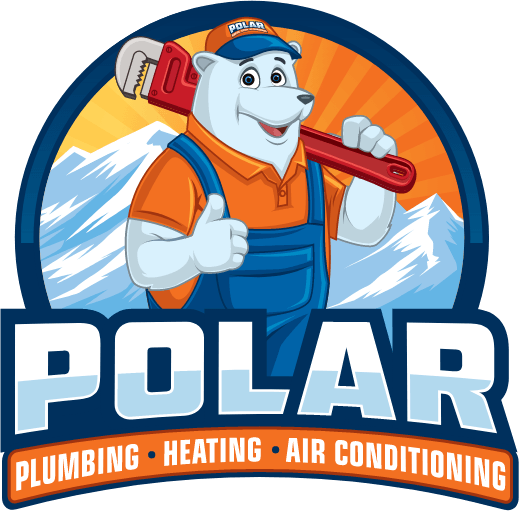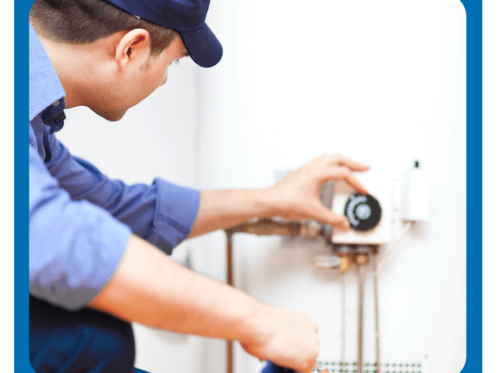A reliable supply of hot water is an essential part of modern homes. An average household may need hot water multiple times a day for cooking, cleaning, and bathing. The most recent models of water heaters have features that improve energy efficiency and convenience. Here is a breakdown of components you’ll find in a water heater.
The Common Types of Water Heaters
The tank-type water heater has traditionally been more common in households than the more recent on-demand systems. They usually have a storage tank with 2 or 3 inches of insulation to prevent heat losses. Typically, they can hold between 30 and 50 gallons of water at a time.
The advantage of tank systems is that they are less expensive to acquire and are easy to install. They have a less complex mechanism, which reduces repair and maintenance costs. On the other hand, you have to wait for the system to heat water. They consume more energy per unit of work and take up a larger space in your interior.
The benefit of an on-demand heater is that it can provide water whenever you need it. For homes that require less than 41 gallons of hot water a day, on-demand systems can yield between 24% and 34% in energy savings. Tankless systems have a compact design that allows them to fit in tight spaces.
The drawbacks of an on-demand water heater include a higher cost of installation. They can also fail to produce sufficient hot water when multiple fixtures are running. Therefore, it is critical to assess your home’s hot water needs before you decide to install a tankless system.
The Storage Tank Construction and Insulation
The challenge with systems that require a storage tank is how to address the standby heat loss. The thermal resistance of the insulation can vary depending on the material and its construction.
The R-value is a unit that measures the thermal resistance of the tank’s insulation. The higher the rating, the lower the heat losses. The U.S. Department of Energy recommends going for models with values between R-12 and R-25.
If your heater has a low R-value, you can add an insulation blanket. A tank that needs insulation will be warm when you touch it. But the best time to wrap the tank with a blanket is during the installation process. Polar Plumbing, Heating & Air Conditioning’s water heating team recommends consulting professionals before choosing a system for your Newburgh home.
The Anode Rod’s Role in Your Equipment’s Longevity
The anode rod is a metal implement suspended from the top of the tank. The rod prevents corrosion on the tank’s lining by attracting minerals and sediment toward it. As such, the rod breaks down rather than the tank’s lining.
The anode rod will require maintenance every three years. Depending on your usage and the water quality in your home, however, you might need to inspect your water heater annually.
Discolored water, a rotten egg odor, and erratic water temperatures are some signs you may need to schedule a replacement. A defective anode rod can force your water heating appliance to work harder and raise your energy costs.
The Purpose of the Drain and T&P Valves
During its operation, your water heater can generate excessive amounts of heat and pressure. The temperature and pressure (T&P) relief valve releases the buildup when the pressure levels exceed their capacity.
The drain valve allows you to let out water from the bottom of the tank. Your water heater needs periodic flushing as part of routine maintenance. Flushing removes sediment that can damage the inner lining of the tank.
Most drain valves are made of plastic or brass. While plastic is cheaper, it can break down and leak. When replacing the valve, consider opting for brass.
Contact us to find a solution that fits the needs of your Newburg home!
What Is an Electric Heating Element?
An electric heating element is a U-shaped rod found on the top or the bottom of the tank. They provide the heat energy to raise the temperature of the water.
Electric elements have space-saving advantages because they do not require the space needed for a gas venting system. They are common in solar water heating and heat pump systems.
One of the challenges of an electric heating element is related to its exposure to dry air. When there isn’t enough water in the tank, the temperature of the metal can exceed its rating. To protect the components from heat damage, some models come with a dry-fire feature.
What Is the Role of a Water Heater Thermostat?
A water heater thermostat is a device that regulates the water temperature from the appliance’s tap. Virtually every model has at least one thermostat, a heating element, and a limit switch. The switch disrupts current when the device readings exceed the appliance’s temperature limit.
Water heaters with a capacity of more than 30 gallons have an upper and lower thermostat. Both devices are set against the tank’s surface rather than inside the water. The thermostat at the bottom of the tank detects temperature changes first.
When adjusting the device, choose a lower temperature for the upper thermostat. That will ensure the heating element at the bottom of the tank heats up first. It also keeps the internal temperature more consistent as hot water rises to the top.
Enhancing Your Water Heater’s Performance
When your heater is faulty, it is always wise to seek repairs promptly. But the best way to prevent repairs is to perform maintenance tasks to maintain its efficiency.
Routine flushing can eliminate sediment that can shorten the lifespan of your equipment. Your plumber can also recommend solutions to address limescale. It may involve installing a filter to limit sedimentation.
A water softener is often the best solution when you have high levels of hard water. Softening water will protect your tank, the components in your water heater, and your plumbing system as a whole.
How Can You Tell It’s Time for a Replacement?
A water heater can last for approximately 10 years if you’ve been observing annual maintenance. If your equipment is more than a decade old and showing signs of failure, it might be time to consider a replacement.
A rusty inlet valve is one sign that your water heater is approaching the end of its life. If the water is discolored, it often suggests that corrosion has spread to other critical parts of your system. Gurgling and bubbling sounds are indications of sediment at the bottom of the tank.
One of the most serious issues is a leak around the water heater tank. After thousands of cycles in the presence of corrosive agents, the inner lining can rupture. In such situations, you may consult Polar Plumbing, Heating & Air Conditioning’s Newburgh team for an honest assessment of your system.

